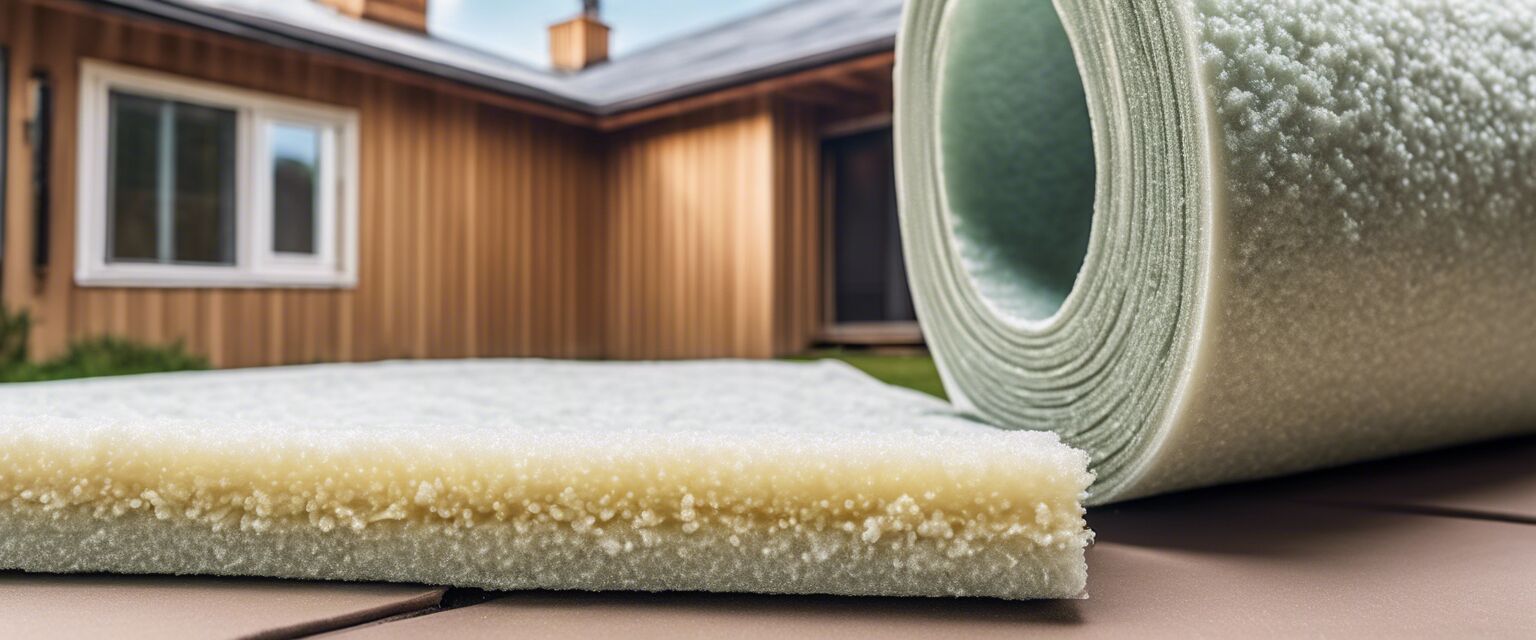
Sustainable Landscaping
Key Takeaways
- Utilizing native plants benefits the ecosystem and reduces water usage.
- Implementing water-efficient irrigation systems can significantly cut down on waste.
- Recycling yard waste through composting enriches soil health.
- Green landscaping techniques lead to lower maintenance costs in the long run.
- Incorporating sustainable materials supports a healthier environment.
Creating a sustainable landscape around your home is not only beneficial for the environment but also enhances the beauty of your property. By incorporating eco-friendly techniques and products, you can cultivate a garden that thrives while conserving resources. This article will explore various sustainable landscaping methods, including the use of native plants, water conservation, and eco-friendly materials.
Why Sustainable Landscaping Matters
Sustainable landscaping contributes to environmental conservation by reducing water consumption, minimizing chemical use, and promoting biodiversity. As climate change continues to impact weather patterns, adopting sustainable practices can help manage stormwater, improve air quality, and create habitats for wildlife.
Benefits of Sustainable Landscaping
- Reduced environmental impact
- Lower energy costs by providing shade
- Increased property value
- Improved biodiversity
- Enhanced aesthetic appeal of your yard
Key Techniques for Sustainable Landscaping
1. Use Native Plants
Native plants are well adapted to the local climate and soil conditions, making them more resilient and easier to maintain. They require less water and fertilizer compared to non-native species.

2. Implement Water-Efficient Irrigation
Efficient irrigation systems, such as drip irrigation or rainwater harvesting, can help conserve water. By directing water precisely where itâs needed, these systems minimize waste.
| Type of Irrigation | Water Saving Benefits | Ideal Use Cases |
|---|---|---|
| Drip Irrigation | Reduces evaporation and runoff | Vegetable gardens, flower beds |
| Soaker Hoses | Water seeps slowly into the soil | Row crops, shrubs |
| Rainwater Harvesting | Utilizes natural rainfall | Large gardens, landscaping areas |
3. Composting Yard Waste
Composting is an excellent way to recycle yard waste such as leaves, grass clippings, and kitchen scraps. This creates nutrient-rich soil that improves plant health and reduces the need for chemical fertilizers.
4. Choosing Sustainable Materials
When selecting materials for pathways, patios, or garden beds, opt for sustainable options like reclaimed wood, recycled stones, or permeable paving. These materials reduce environmental impact and enhance the sustainability of your landscape.

Planning Your Sustainable Landscape
Understanding Your Landscape
Before planting, assess your landscapeâs sun exposure, soil type, and drainage. This information is crucial in selecting the right plants and irrigation methods.
Designing for Sustainability
Consider creating garden zones that require different maintenance levels. For example, a low-maintenance area can include drought-resistant plants, while garden sections requiring more attention can house delicate flowers.
Maintenance Techniques for Sustainable Landscapes
Regular maintenance practices, such as mulching, pruning, and watering wisely, help sustain a healthy landscape. By using organic fertilizers and pest control methods, you can keep your garden thriving without resorting to harmful chemicals.
Conclusion
Sustainable landscaping is an achievable goal that maximizes the health of your environment while enhancing the beauty of your home. By incorporating native plants, efficient irrigation, composting, and sustainable materials, you can create a landscape that flourishes with minimal ecological footprint.
Tips for Beginners
- Start small: Begin with a small garden area and gradually expand as you gain experience.
- Learn about local flora: Visit local gardens or parks to understand which plants thrive in your area.
- Join local gardening clubs: Connect with fellow gardeners to share tips and resources.
- Invest in waterproof landscaping: Use materials that can withstand varying weather conditions.
- Stay informed: Read books and follow blogs focused on sustainable gardening techniques.
Pros
- Enhances biodiversity in your area
- Reduces long-term maintenance costs
- Creates a beautiful and healthy environment
- Promotes conservation of natural resources
Cons
- Initial setup might require more effort and planning
- Adaptation period for plants may cause temporary aesthetic drawbacks
- May require specific knowledge about local ecosystem
Learn More About Sustainable Practices
To dive deeper into sustainable landscaping, explore some of our related content:

